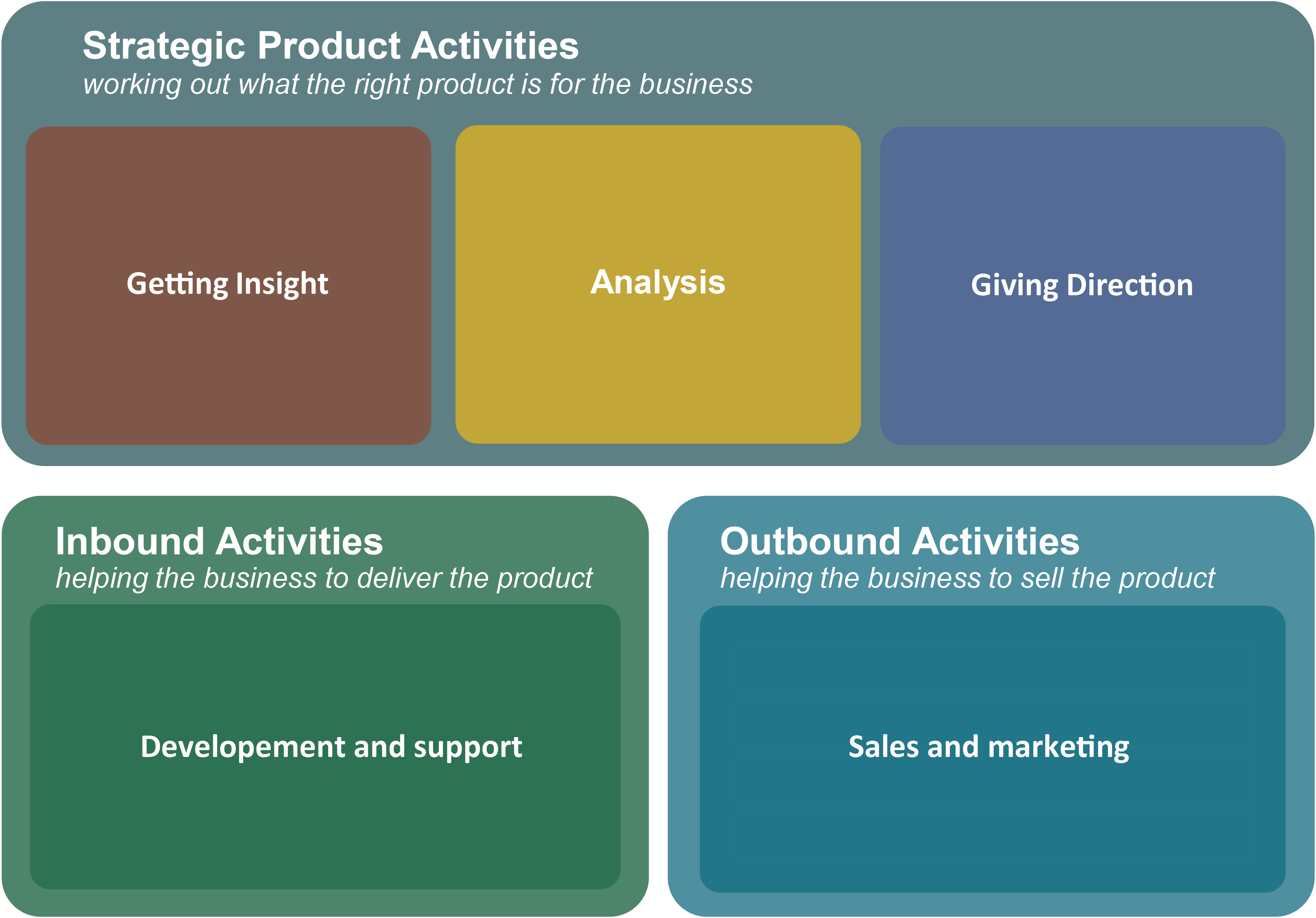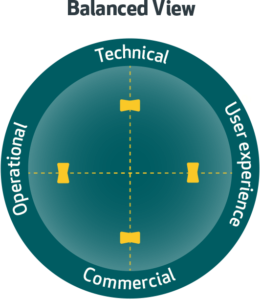
If you’re the first product manager in a business…
… or are introducing product management into a company for the first time – you face some big challenges!
We recently wrote a blog about what to do in the first 90 days in a product management job. It identified lots of things to make sure you get off to a flying start in your new job. But, at least newbies are joining an existing department. They have some clarity on their role, more experienced colleagues to ask for guidance, and some recognition across the business as to where they fit.
But, if you’re the first product manager in a business, the challenges can be much more complex.
You have to set up the department. You have to introduce the wider business to the value and responsibilities of product management. You probably have to take decision-making authority away from others in the business. Making this work can be really tough… but there are some common problems to look out for and things to do.
Why is it so challenging?
There are a number of reasons why introducing Product Management is so challenging, but it often comes down to three things:
1. A lack of clarity about the role
2. Getting alignment with the rest of the business
3. A lack of tools, processes, and training
1. Role clarity
The problem of role definition often stems from the lack of an industry standard about the responsibilities of product management. As we’ve talked about in other blogs, it varies from business to business and even between departments in the same business. The end result can be that everyone in the business has a different view of what to expect.
One of the fundamentals is to understand whether the role is considered operational, strategic, or a mix of the two. In some businesses, product managers spend all their time firefighting and dealing with tactical and operational issues. In others, the product manager has a leadership role, coordinating activities and providing direction to others in the business to deliver on an agreed product strategy.
As you can see in the diagram above we believe that product managers can have the most influence and provide the most value to the business when they are in a leadership role (like a Mini-CEO). However, many product managers find themselves in more of a Janitor role – sweeping up other people’s messes.
Often the role starts out very operational, taking over some of the activities that Senior Management doesn’t have the time or patience to do. But to add real value we believe that taking over some strategic responsibilities makes sense for the product manager and for the business.
Product Activities Framework
A great tool to help think through product manager responsibilities is our Product Activities Framework. It’s available on our website here. You can use it to help work out who’s doing what.
The image to the right shows five major blocks of activity: getting insight, analysis, giving direction, development, and support, and sales and marketing. These are then broken down to identify 20 detailed product activities. Some of these are strategic and some are more operational.
We would expect Product Management to own the roadmap as a minimum but there are 19 other major activities that need to be done in any business that has products. Decisions are needed on who’s going to own and work on these areas. It’s unusual for product management to own them all.
Even when a definition is agreed there are challenges getting the rest of the business aligned.
2. Business alignment
Getting the rest of the business to support product management is not easy. It needs high-level support and a clear articulation of the value that strong product management can bring to the business.
We’ve seen a wide range of approaches to product management. At one end of the scale, we’ve seen product managers purely dealing with operational tasks and at the other, we’ve seen product managers providing leadership within the business for their product area.
We believe that product managers in a leadership role deliver more value to their business as they take on accountability and drive product success. This means that they provide direction to the business focusing resources on the most promising options for their product.
They might have to ‘get their hands dirty’ working on some of the details and making things happen but we recommend that their role should be to ensure things get done rather than always doing it themselves.
Adding this leadership role into a business means taking some decision-making authority away from others in the business. Believe me, this isn’t usually very popular! I recall one discussion with the CTO of a client who was introducing Product Management. He was fully supportive provided it ‘didn’t take away any of his decision-making authority for the product’. Clearly, his expectation was for a product team that would work on operational issues but not make any of the decisions.
A balanced view
To have credibility it’s important that product managers have a balanced, rounded view across all the different aspects of their product – commercial, technical, operational, etc. This allows them to make or recommend objective decisions for their product based on what’s best for the business.
Product Management should be a key function that helps make the business more profitable. To do so it needs to be a leadership position working in collaboration with the rest of the business.
3. Tools, processes, and training
Moving on from the challenge of agreeing on the role of product managers, there’s a need to ensure they’re equipped for success. This means that they have the right tools, processes, and training to be effective.
Tools
Product Focus runs an annual survey of Product Management asking people how they do their job. For the past 3 years, we’ve asked what tools are used for key activities such as market analysis, planning, and roadmapping. Whilst the Microsoft Office suite still dominates (Excel, PowerPoint, etc.) there are other online tools, designed for product managers, that are gaining prominence. You can download the latest copy of the report here.
However, there are all sorts of simple best practice checklists and templates that product managers can use to be effective when product management is first introduced.
Processes
Getting the processes right provides the framework that enables product managers to deliver. Whilst there’s no single process that’s best practice for all organizations, Product Focus has reviewed product management setup with clients, to provide insight into what would work best in their business.
These reviews delivered a practical roadmap for the introduction (or improvement) of a product management function. Each review used interviews and a variety of proprietary tools to gain the insights needed. One of these tools, the Product Management Lifecycle, is available as an infographic from our website.
You can use tools like these to discuss the product governance process. It can help establish who is involved in decisions to invest in a product, to understand what information they will need to make these decisions, and to agree on the logistics of how governance will run.
Training
Product Management is a high-profile role and a new product manager is going to be under the spotlight and will need to quickly demonstrate their value to the business. The best way to ensure they hit the ground running is to get them properly trained.
Product Focus is the leading product management training company in Europe, so we’d recommend (unsurprisingly) that you consider our public courses or private training. Both get excellent feedback and are suitable for new or more experienced product managers, product marketers, and product owners. They’re a great way to get up to speed and to learn best practice tools and approaches. We know from our clients that tools learned in the training can quickly be put into practice.
Conclusion
Product management often gets introduced as small businesses grow or as larger businesses work to become more efficient. They know that the economies of scale of the product approach – build once, sell many times – and doing things in repeatable, reusable ways make financial sense to the business. Ensuring that product management works well is key to making a business more scalable and profitable.
Introducing product management will mean changes to current ways of working and to the responsibilities of people in the business. These changes don’t come easily and it’s critical that the most senior members of the management team are bought into the need and value of the role. They will need to sponsor and support the fledgling team.
Our white paper – Product management as a leadership role – which describes the journey to create a world class product management department can be useful in helping get this buy-in.
The team needs to be equipped for success and have a plan for how they’re going to deliver. We can help with training and assessments of the product management function. Get in touch on [email protected] or call us for a chat.
Andrew Dickenson
Director, Product Focus





Join the conversation - 2 replies